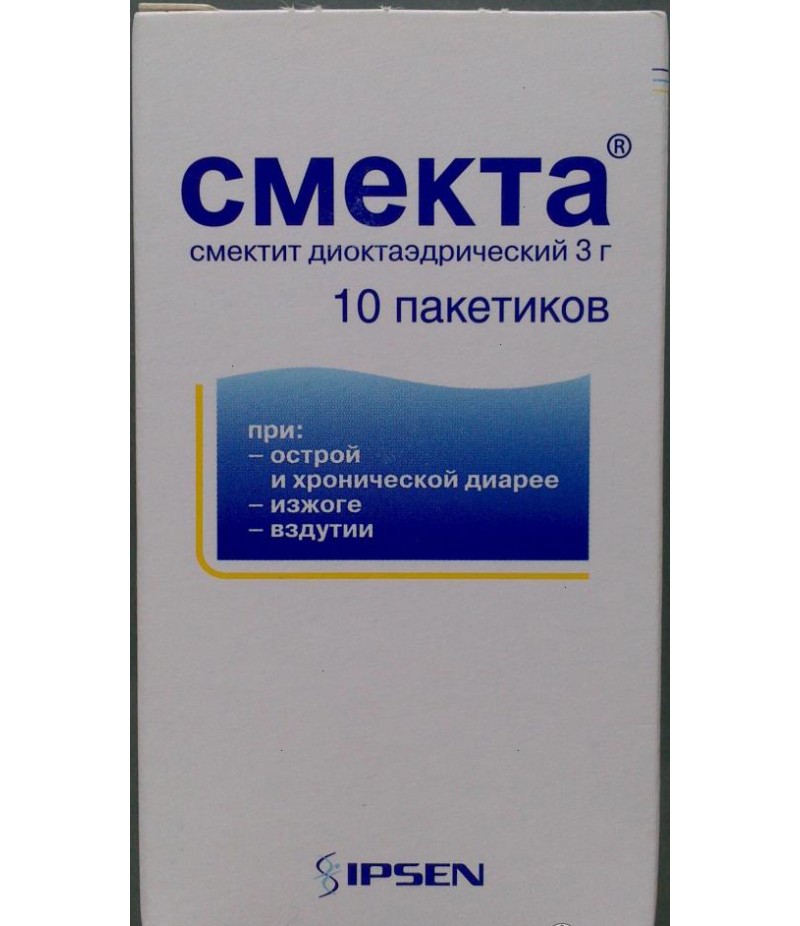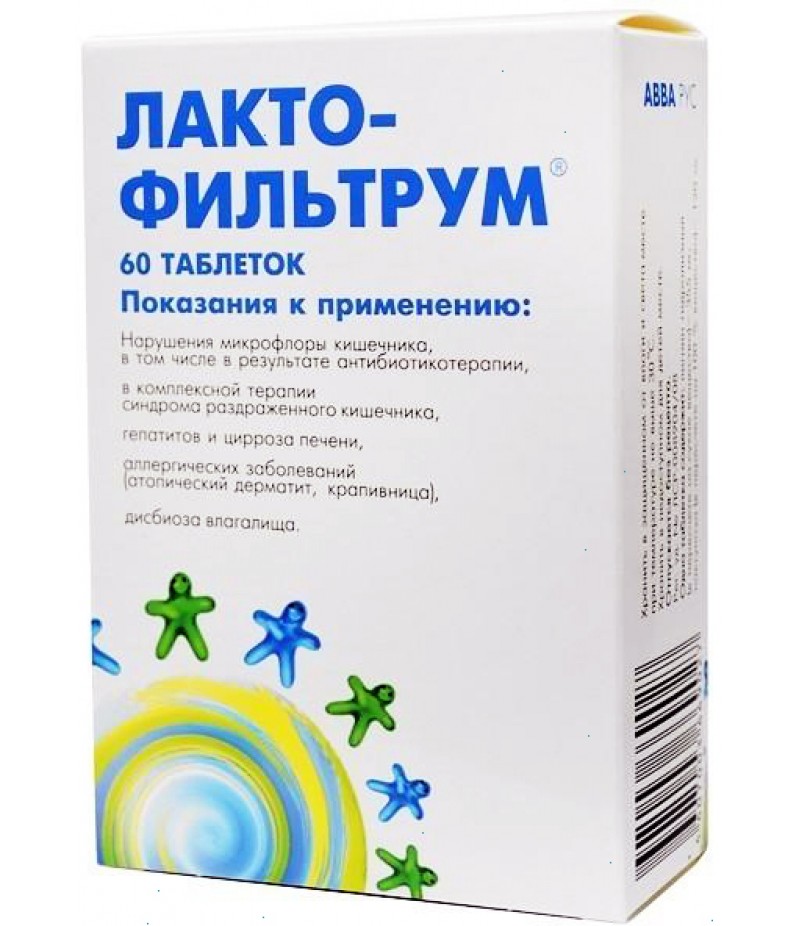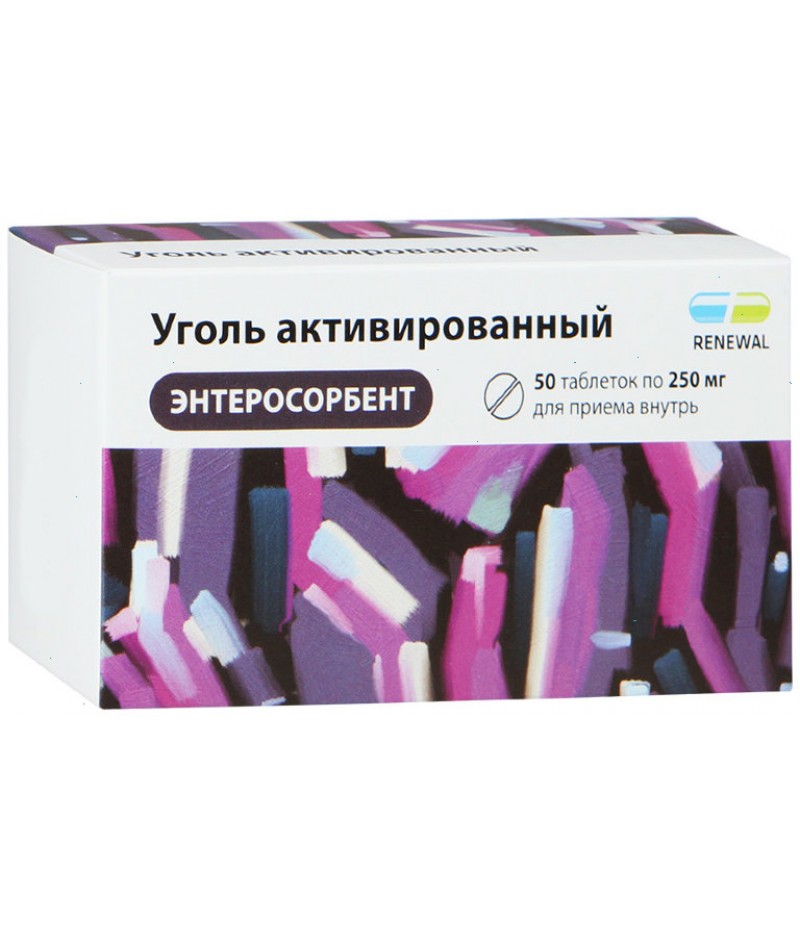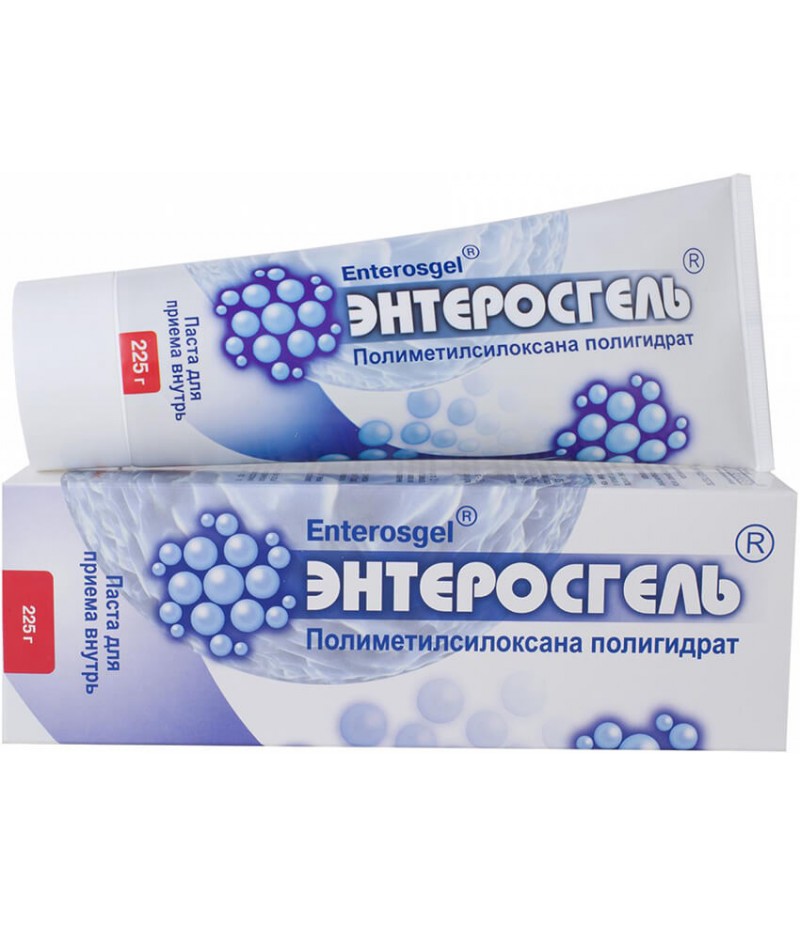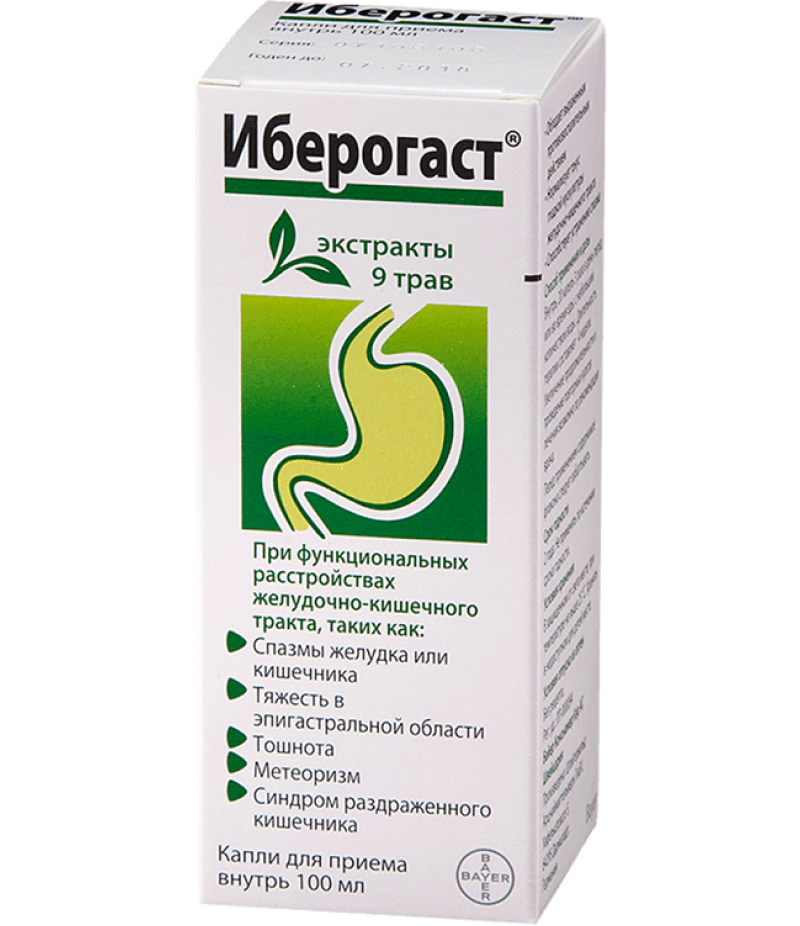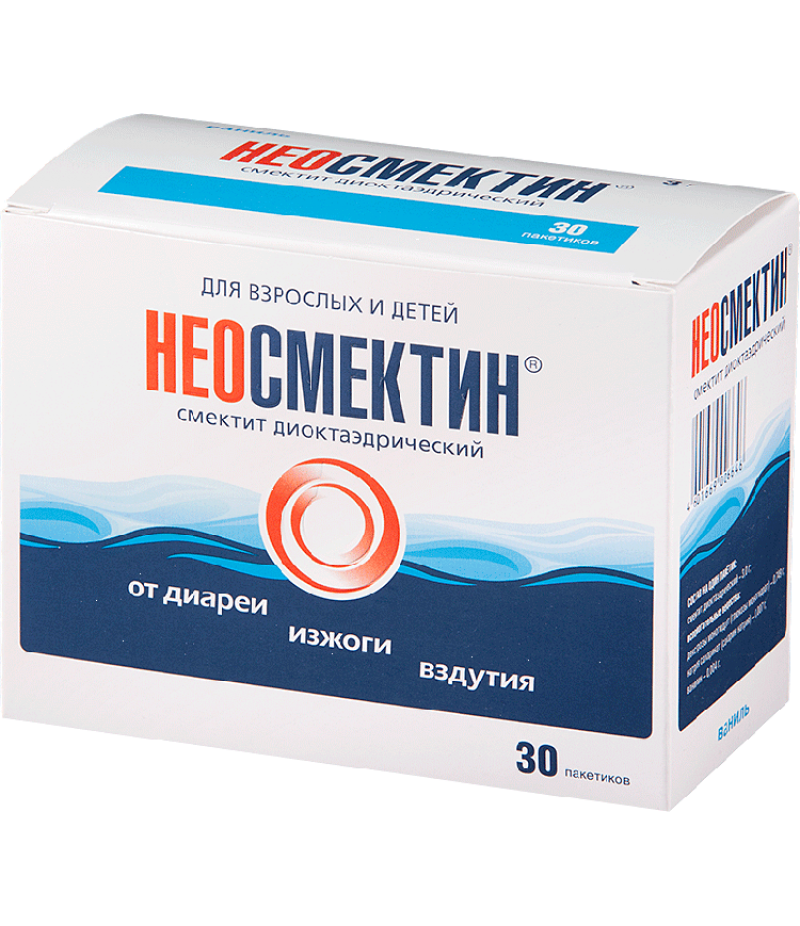Smecta powder 3gr #20
- $10.90
- 3 or more $10.77
- Availability:In Stock
Smecta instruction for useYou can buy Smecta onlineCompositionIn one bag of Smecta contains 3 grams of Smecta dioctahedral (dioSmecta).As auxiliary substances in the preparation include: vanilla and orange flavor..
Tags: powder
Smecta instruction for use
You can buy Smecta online
Composition
In one bag of Smecta contains 3 grams of Smecta dioctahedral (dioSmecta).
As auxiliary substances in the preparation include:
vanilla and orange flavorings, sodium saccharinate, dextrose monohydrate (powder of orange juice slurries);
vanillin, sodium saccharinate, dextrose monohydrate (powder of d / p suspensions with vanilla taste).
Form of issue
Powder d / p suspension d / per. reception with orange or vanilla taste. Packages of 3 g packaged in cartons of 10 or 30 pieces each.
pharmachologic effect
Antidiarrhoeal drug with adsorbing action.
Pharmacodynamics and pharmacokinetics
What is Smecta?
Wikipedia states that Smecta dioctahedral is a mixed silicate (or - according to other sources - a mixed oxide) of magnesium and aluminum of natural origin.
The effect of the drug is directed to the binding and elimination of various substances (including toxic substances) and gases from the digestive tract.
Pharmacodynamics
Dio Smecta has a stereometric structure and is a highly plastic viscous substance.
These properties explain the selectivity of the sorption action of the drug (Smecta selectively adsorbs viruses and bacteria from the lumen of the digestive canal) and has a high enveloping ability relative to the mucosa of the digestive canal.
By interacting with mucin glycoproteins (mucous secretions of the gastrointestinal tract) and forming polyvalent bonds with them, dioSmecta increases the cytoprotective properties of mucus and, consequently, its resistance to irritants: bile salts, hydrogen ions (hydrochloric acid), pathogenic microorganisms, toxins and other aggressive factors .
Blind, randomized trials of drug efficacy versus placebo, involving 602 patients aged 1 month to 3 years with the diagnosis of acute diarrhea, showed that in the group receiving Smecta in combination with solutions for oral rehydration, the frequency of emptying was significantly reduced throughout first 72 hours.
Pharmacokinetics
The aluminum contained in the Smecta is not absorbed from the digestive tract, including diseases of the digestive tract, which are accompanied by symptoms of colonopathy and colitis.
Smecta dioctahedral is characterized by a slight swelling effect, in therapeutic doses does not change the physiological time of passage of the ingested food through the intestine, does not stain the fecal masses, is not metabolized and excreted unchanged.
The preparation is X-ray transparent.
Indication for use Smecta: from what Smecta helps children and for what is used in adults?
Indications for use Smectaes are the same for adults and for children, including infants over 4 weeks of age.
According to the annotation, the medicine is effective in the diarrhea of a medicinal or allergic genesis. It helps against diarrhea caused by a violation of the quality of the composition and / or diet, with "travelers' diarrhea", as well as in disorders caused by infectious diseases (with diarrhea of an infectious origin the drug is used as part of complex therapy).
The remedy can be prescribed for heartburn, discomfort in the abdomen, swelling and other symptoms of dyspepsia, which are accompanied by many diseases of the digestive system.
With irritable bowel syndrome Smecta does not reduce diarrhea, but it significantly alleviates the patient's condition due to sorption and removal of excess gases in the intestine.
Smecta in case of poisoning
Does the drug help with poisoning? If the toxic substances got into the body through the stomach, of course.
Smecta effectively removes the toxins that have time to suck in the mucous membrane of the gastrointestinal tract, while helping to restore the natural balance of the intestinal microflora and creates a favorable habitat for its useful representatives.
Due to the unique structure of dioSmecta, which is obtained by complex processing from a specific clay and shell, the drug gently lined the mucosa of the digestive tube, strengthening its barrier function and allowing damaged cells to recover.
Smecta in vomiting
The use of the drug for vomiting is permissible in those cases when the gag reflex is not a symptom of a severe pathology of the digestive organs.
Before taking Smecta, an adult is recommended to do a gastric lavage, since this procedure helps to remove a significant part of the poison from the body and allows to accelerate the effect of exposure to dioSmecta.
When vomiting in children to use the sorbent is used, as a rule, in situations where the activation of the vomiting reflex contributed to food poisoning.
What does the powder help animals with?
Smecta in veterinary practice is used to alleviate the condition of animals during vomiting, stool disorders and poisoning.
In the course of the research it was found that in dogs suffering from the period of convalescence from diarrhea, when using the drug as a supplement to the diet and basic therapy, recovery occurred 2-3 days earlier than in the group of animals that did not receive Smecta.
Contraindications
Contraindications to the use of the drug is very small. Thus, Smecta is not prescribed for intestinal obstruction, known hypersensitivity to powder components, food intolerance to fructose, insufficiency of the sugar-isomaltase complex, malabsorption syndrome (impaired absorption) of glucose and galactose.
It is not recommended to take the suspension also with osmotic diarrhea. This is explained by the fact that additional sorption of nutrients can provoke an increase in the syndrome of impaired absorption.
With caution, the drug is prescribed to patients with severe chronic constipation in an anamnesis.
Side effects
At the stage of clinical trials, it was found that the drug can cause constipation. This phenomenon occurs quite rarely and passes after an individual change in the dosage regimen.
Some patients may experience vomiting and flatulence.
During the post-registration period, cases of development of hypersensitivity reactions were recorded, which included the appearance of rashes on the skin, hives, itching, angioedema. The frequency of these side effects is unknown.
Smecta powder: instructions for use. How to divorce Smetic adults and how to dilute the powder for children?
How to give Smecta to an adult?
Adult person with acute diarrhea at the beginning of treatment should take up to six packets of powder per day. After stabilizing the state, the daily dose is reduced to three packets.
With other indications, the patient is given three Smecta packets a day.
How to breed Smecta (3 g) for adults and how to take it - before meals or after?
The medicine is produced in powder. Drink it should be, previously dissolved in the liquid.
Method of application Smecta is very simple: the powder is diluted in 100 ml of water until a suspension is obtained. Do this immediately before taking the medication.
In the instructions for the use of Smecta, it is indicated that with inflammatory lesions of the esophageal mucosa a suspension is recommended to be drunk after a meal, with other indications - one hour before or two hours after eating.
How much does the drug work?
The medicine begins to work with the first dose (with diarrhea the effect develops after 6-12 hours, with poisoning - after 2-3 hours, with esophagitis - within half an hour).
To consolidate the effect, treatment is recommended to continue for at least three days.
How to dissolve a baby Smecta?
If it is necessary to use the drug for newborns, it should be diluted in 50 ml of expressed milk or in a similar volume of the formula for artificial feeding.
How to breed Smectau for children over the age of one year?
For older children, the powder can be diluted in milk, compote, puree from vegetables / fruits or juice for baby food. Before pouring Smecta into the liquid, the latter must be heated to a temperature slightly higher than the room temperature.
Dissolve 3 g of powder should be gradually, with stirring. The optimum volume of liquid is 50 ml.
How to take Smecta in powdered baby for up to a year?
Smectaom for children up to a year is given with the help of a bottle. After the baby drinks the mixture, it is recommended to hold it in a vertical position for a while. Do not rock or shake.
Instructions for use Smecta for children
Pediatric dosage is determined according to age and indications for use.
The daily dose of Smecta for children under the age of one year is usually one sachet per 100 ml of liquid. Children 13-24 months give two packets of powder per 200 ml of liquid per day. Dosage for children from 2 to 12 years old - three bags of 300 ml of liquid.
How to drink Smecta with diarrhea?
When diarrhea in infants at the age of 4 weeks to 12 months in the first three days give two bags of Smecta, then transfer the baby to receive one sachet per day.
Children over one year of age in the first three days should be given four, in the future - two packets per day.
For other indications, following the recommendations in the instruction for Smecta for children, during the day the child is given one sachet per day for a period of up to one year, children from 12 months to 2 years old - one or two sachets, children over two years of age - 2-3 sachets per day.
Method of use for vomiting
When vomiting under the age of one year, children should be given as a one-time dose of one packet of Smecta per day. Adult for relief of unpleasant symptoms drug should be three times a day (per bag for each reception).
If there is constipation, children should reduce the dose.
Application in veterinary medicine: dosage for dogs and cats. How to dissolve the drug for animals?
Dosage for a cat with diarrhea is 3-5 ml 3-4 times a day. To prepare the suspension, half the bag is mixed with 25 ml of warm water. Kitten at a time give 2 ml.
Before giving the kitten or cat a suspension, the animal must be wrapped in a terry towel and open its mouth. The medication is collected with a disposable syringe (without a needle), let out of the syringe into the air, unscrew the upper lip, insert the syringe with a spout in the place where there are no teeth, and gently press the piston.
If the first attempt to give the cat a medicine was unsuccessful, and part of the medicine has poured out, you should give the animal half of the previous dose.
With diarrhea in a dog, the contents of the sachet are dissolved in 10 ml of water. To solder one packet is necessary 3 times a day
With continued diarrhea, the drug is given every 3 hours.
When poisoning the contents of the sachet are diluted in ¼ cup of warm water. To solder the animal should be 1 teaspoon per 5 kg of weight.
Treatment is combined with diet. Optimal in the first day after the onset of symptoms of poisoning, do not feed the cat / dog. In this case, the animal should receive a sufficient amount of liquid.
If the condition does not improve after 2 treatments, the pet should be shown to the doctor.
Overdose
Overdose can cause severe constipation or cause the formation of bezoar.
Interaction
Since dioSmecta has adsorptive properties, the possibility of reducing and / or slowing the absorption of drugs taken simultaneously with the suspension is not excluded.
In this regard, between the reception of Smecta and other drugs should be observed interval of 1-1.5 hours.
Terms of sale
Smecta is dispensed without prescription forms.
Storage conditions
The recommended temperature for storing the powder is up to 25 degrees Celsius.
Shelf life - Three years.
special instructions
With diarrhea (especially in children), the risk of electrolyte imbalance and dehydration increases. To avoid this child, as a rule, appointed Regidron and Smecta together. Instead of Regidron, you can use Citraglucosolan, Disol, Trisol, Reosolan, Hydrovit, etc.
The solution of oral rehydration salt helps to replenish the loss of electrolytes in vomiting and diarrhea, the glucose in it improves the absorption of salts, and citrates help to correct the balance in metabolic acidosis.
Adults rehydration drugs are prescribed if necessary. The amount of rehydration depends on the features of the course of the disease, the age of the patient and the intensity of diarrhea.
Analogs of Smecta
A similar mechanism of action is: Activated charcoal, Lactofiltrum, Polisorb MP.
Smecta or activated charcoal - which is better?
Both Smecta and activated carbon are preparations possessing sorption properties.
However, Smecta in comparison with the latter has a number of advantages. First, this drug is distinguished by the selectivity of action: removing toxic substances, hydrochloric acid, excess bile acids and viruses, it does not take the necessary substances from the body.
Activated carbon, together with pathogenic microorganisms and poisons of biological origin, also removes beneficial bacteria, without which the stomach and intestines can not function normally afterwards. DioSmecta promotes the creation in the body of the most optimal conditions for the development of useful microflora.
Secondly, acting very gently, the drug envelops the walls of the digestive canal, protecting them from aggressive factors, whereas activated carbon, which has a rigid structure, can further injure them.
Smecta for children: instructions for newborns
Smecta for newborns is often an indispensable drug, since most digestive problems occur precisely in the first weeks of a baby's life.
There are no instructions in the manufacturer's instructions on how to give Smectaus babies before the age of 4 weeks, so most young mothers naturally have questions about whether it is possible to give newborns Smectaus and whether the drug will not harm the child.
The answer is unambiguous - it is possible (in fact, dioSmecta is nothing but a well-purified clay that is not absorbed and metabolized in the body), but only under the supervision of the attending physician and with his approval.
The drug is prescribed for eating disorders, accompanied by swelling and pain in the abdomen, the development of diarrhea and emetic syndrome. Also it is recommended to give it from the jelly.
Dosage Smecta for newborns is selected by a doctor.
Differences in how to breed Smecta for infants during the newborn period and the older child, no. The dose recommended by the doctor is slowly, constantly stirring, poured into 50 ml of warm milk, water or artificial nutrition mix and stir until a uniform consistency.
The specified volume of fluid must be given to the child in several ways.
Most mothers leave positive comments about the use of the drug in newborns, but note that Smokt should be given prone to constipation to children with caution.
Use with alcohol
DioSmecta reduces the rate of absorption of alcohol.
To reduce the effect of intoxication immediately before the feast should take 2-3 packets of the drug.
To prevent the development of hangover syndrome, Smectau is taken after drinking.
If after taking the suspension for 30 minutes was vomiting, taking the drug is repeated in a double dose. If alcohol is poisoned by surrogates, it is necessary to induce vomiting, then take three Smecta packets and call an ambulance.
Smecta during pregnancy and breastfeeding
Can Smecta be pregnant?
The drug can be used in pregnant women. According to the instructions to Smecta, during pregnancy, there is no remedy for correcting the regimen of intake and dosage.
In pregnant women, the drug is used to reduce the severity of heartburn, normalize digestion, prevent the development of candidiasis of the intestine against a background of reduced immunity, as well as to prevent toxicosis.
It has been scientifically and practically proved that dioSmecta does not adversely affect the process of prenatal development and is completely safe for the fetus.
If necessary, if the doctor does not give other instructions, you can take Smecta one packet three times during the day. To reduce the acidity of the gastric juice and normalize the production of digestive enzymes usually last five days.
Can a nursing mother take Smecta powder?
The drug is approved for use in lactation and can be used in standard doses.
Reviews about Smecta
Smecta is an original medicinal product, containing as an active substance a substance of natural origin, dioSmecta. The latter, being a silicate of Mg and Al, in its structure and properties favorably differs from other silicon compounds.
The molecule of dioSmecta has a stereometric configuration and is characterized by an increased plastic viscosity, due to which the preparation not only effectively adsorbs harmful substances, but also has a protective effect on the mucosa of the digestive tube.
Most of the reviews are reviews about Smecta for children, and in particular for babies and newborns. Acting quickly and gently, the drug removes the symptoms of poisoning, relieves heartburn, eliminates digestive problems of an infectious nature. Therefore, in the opinion of most mothers, in families where there are children, it must necessarily be in first-aid kits.
The main advantages of Smecta are:
"Child" dosage form and pleasant taste;
ability to significantly shorten the duration of the disease and, accordingly, the cost of treatment (this fact is confirmed by numerous studies and, in particular, studies conducted by SIGEP specialists);
good tolerability;
a small number of restrictions to the application.
To date, there are encouraging data on the effectiveness of the drug in the therapy of gastroesophageal reflux in children of the first 4 weeks of life of newborns, as well as its use in preventive purposes to prevent the development of chronic diarrhea in the background of radiotherapy in patients with oncological diseases.

